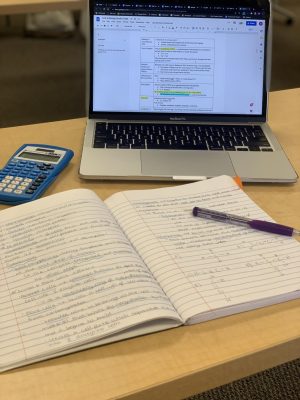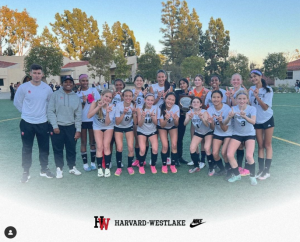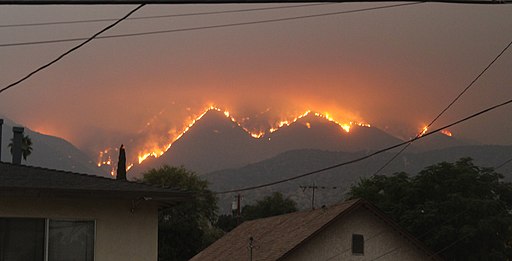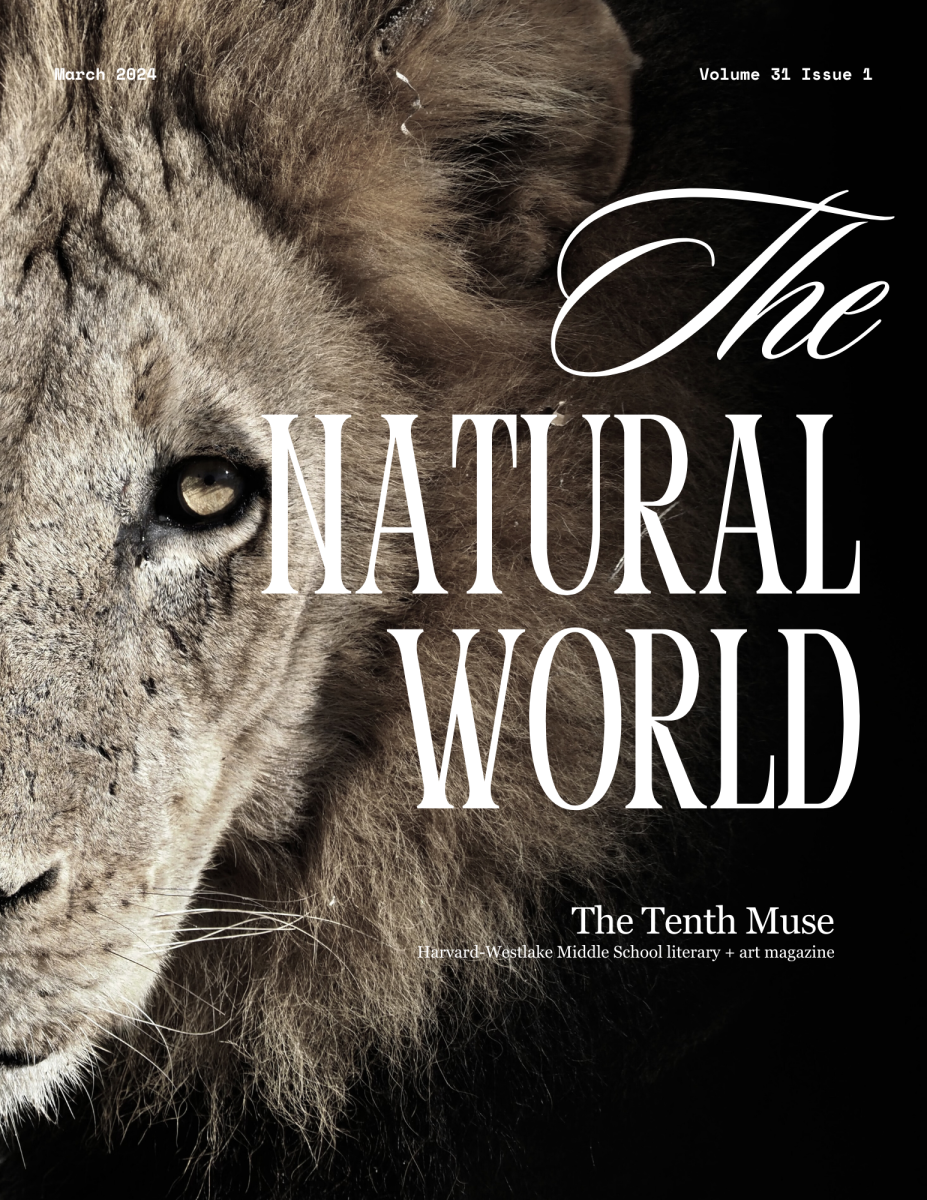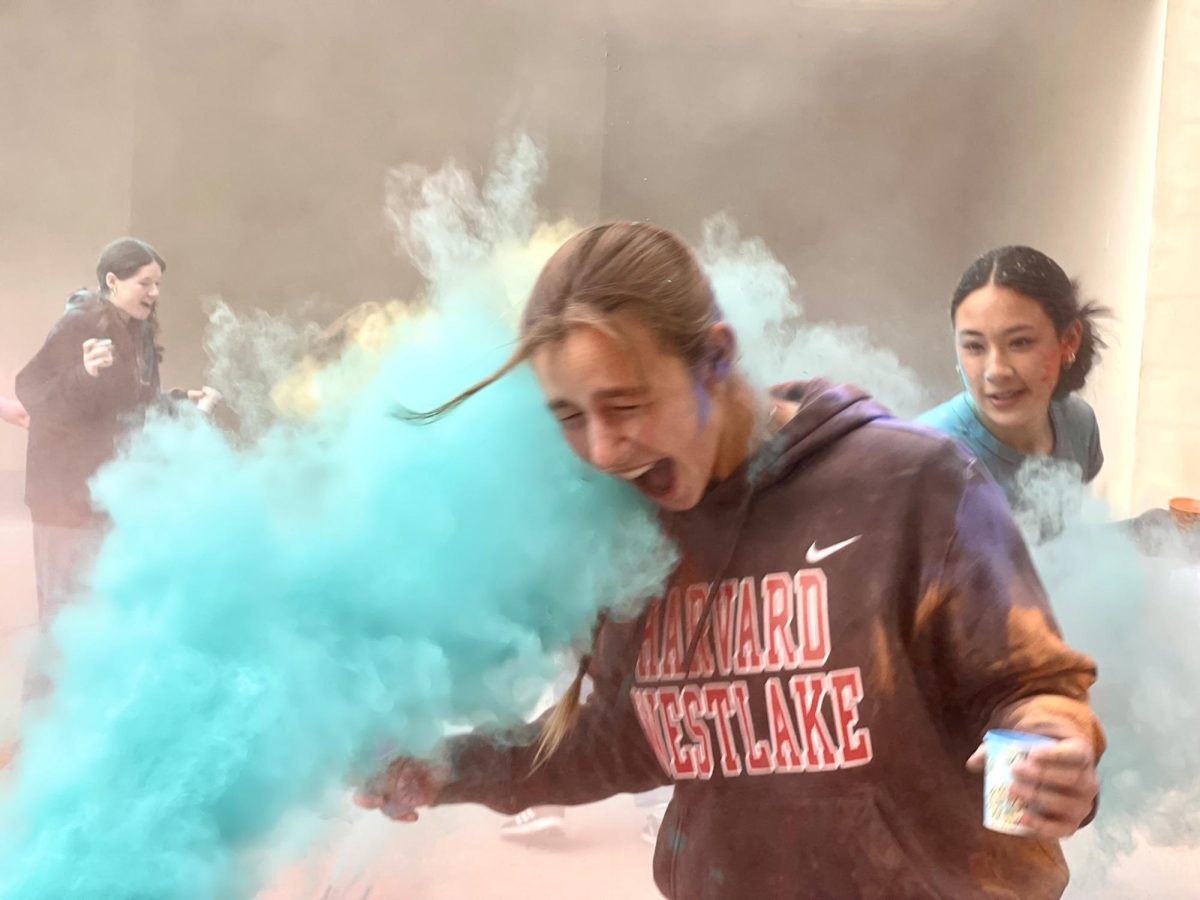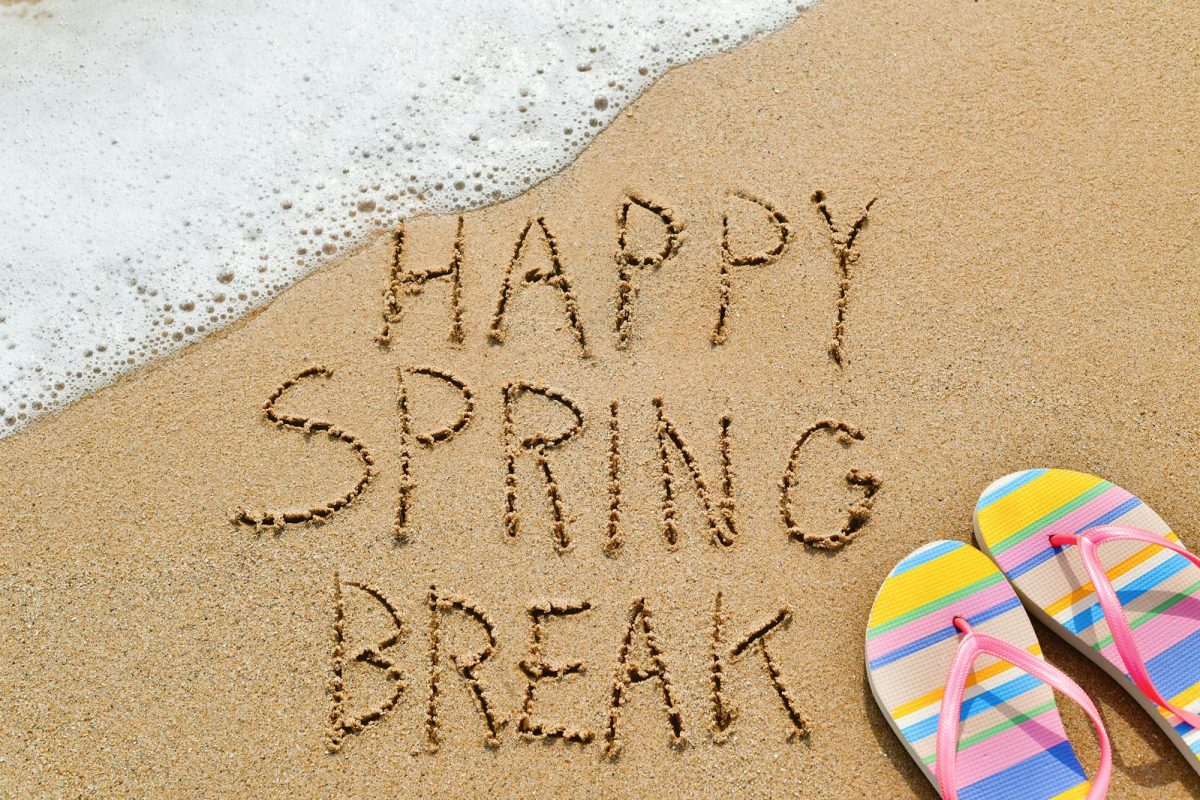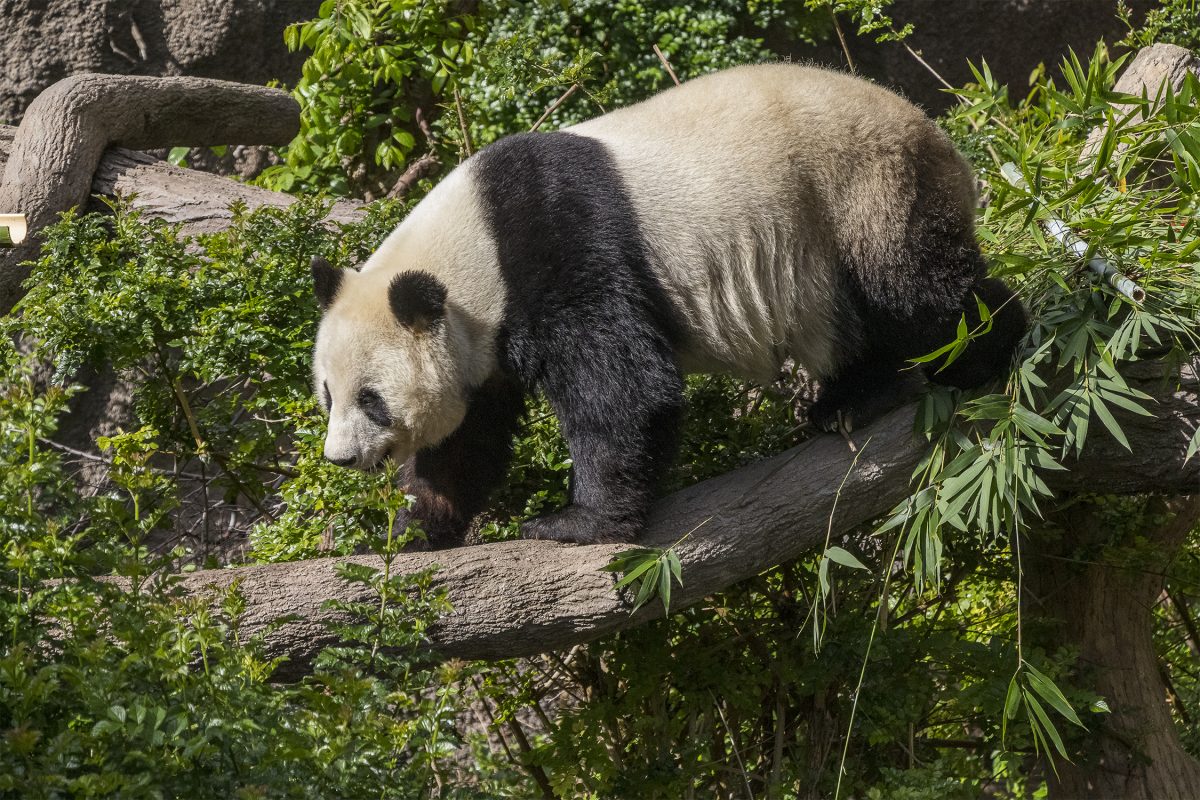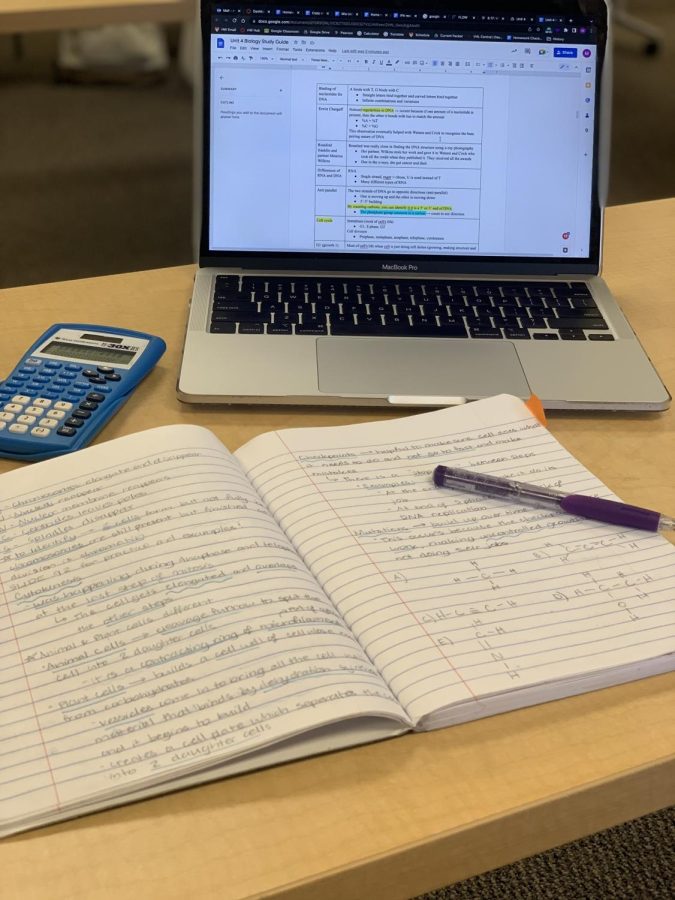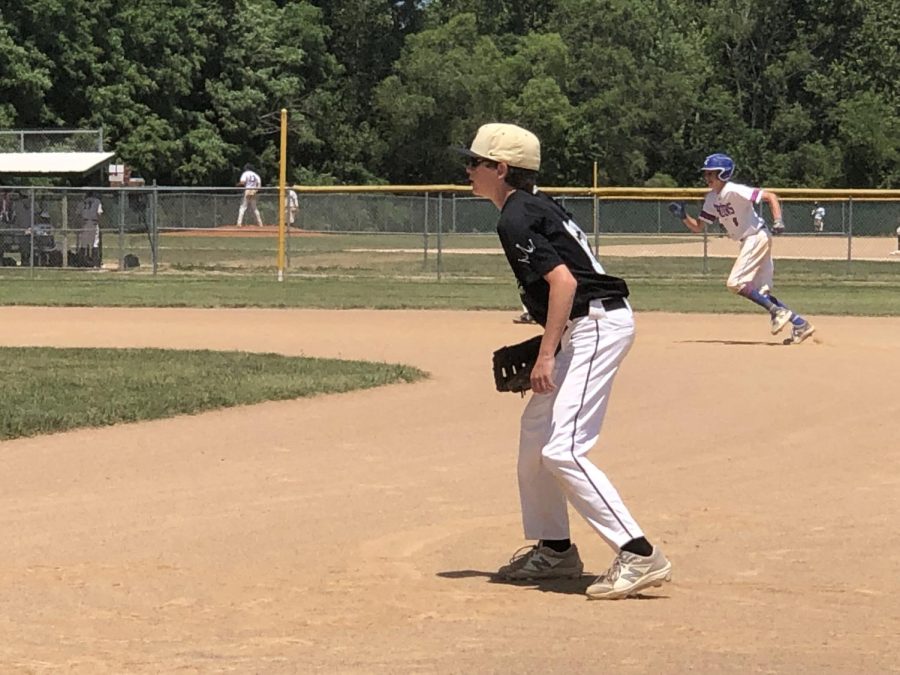I step outside my front door, after six months of distancing and facing unprecedented yet still unresolved obstacles, with my mask on ready to walk my dog. However I am greeted with sluggish skies and a crimson sun. To my surprise, it smells incredibly smokey – even through my mask! This has been the reality for millions of people living all over California, facing the combined challenges of both COVID-19 and the wildfires.
Being exposed to smoke has numerous effects. According to the Colorado Public Radio, in an article related to the fires in Colorado, one study in Fresno, California found that children that were exposed to greater amounts of smoke (from wildfires), had fewer Th1 cells, (a vital cell for the immune system). Having a weakened immune system could prove fatal in terms of fighting off COVID-19.
Another study from Harvard titled “Air pollution linked with higher COVID-19 death rates”, conducted by Xiao Wu and Rachel Nethery, found that places with a higher concentration of smoke can cause the symptoms of the coronavirus to be more deadly. This means if one already has the coronavirus and then breathes in the smoke from the wildfires, the already infected person’s symptoms may become more dire. Another study done at MDPI suggests that breathing in smoke can increase the probability of getting COVID-19.
According to an article the CDC published, “Exposure to air pollutants in wildfire smoke can irritate the lungs, cause inflammation, alter immune function, and increase susceptibility to respiratory infections, likely including COVID-19.”
The Centers for Disease Control article also says that, “Cloth face coverings that are used to slow the spread of COVID-19 offer little protection against harmful air pollutants in wildfire smoke because these coverings do not capture most small particles in smoke.”
These studies and sources suggest that there is indeed a higher risk of becoming infected with COVID-19 and a higher risk of fatality for the already infected patients. The CDC says that some specific populations targeted by wildfire smoke are: children under 18 years of age, seniors over 65 years of age, pregnant women, people with health conditions, outdoor workers and people with low socioeconomic status, due to their restricted access to healthcare.
When wildfires cause people to evacuate from their homes, they seek shelter in public facilities, with volunteers helping them create a makeshift refuge. However, according to the article from the CDC, now that so many of these facilities are closed due to COVID-19, so many are finding themselves with nowhere to go. Prior to COVID-19, these facilities were an absolutely necessary resource for evacuees. With these out of the picture, finding shelter becomes the top priority, social distancing becomes a second hand concern.
In addition, the economy might also become affected by the wildfires. According to the United States Department of Agriculture (USDA), “Catastrophic wildfires take a large economic toll on communities through property losses, decreased tourism, even changes in the long-term structure of the local economy.” This poses some possible threats for the effects from the fires to the economy in the present, and near future.
However, perhaps there is a silver lining to all of this insanity. Because the smoke is so intense outside, people will limit their gatherings, and this will prevent the further spread of the coronavirus. This is the case for Dillon Ring ’24 . As a cross country runner, he said he has had to “refrain from running for this past week, because running outside is now more dangerous than not running at all.” He also said that he has been limiting his social gatherings, due to both the coronavirus and the smoke from wildfires.
For all one knows, the wildfires might just be a blessing in disguise, halting the further spread of COVID-19.
